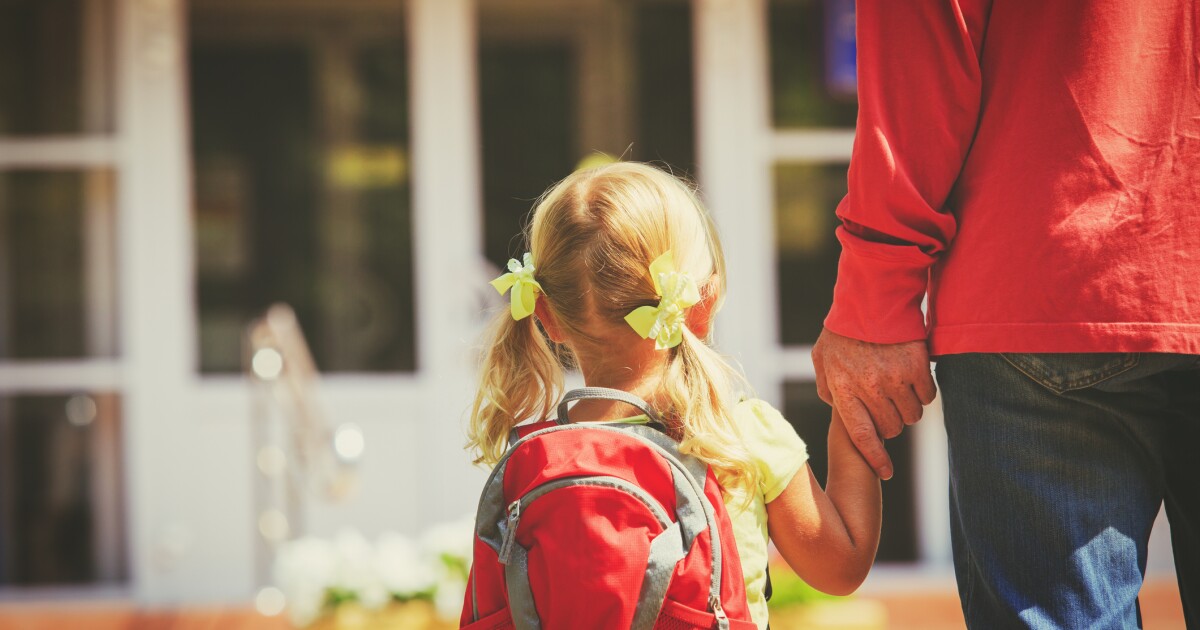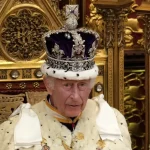

In a video that emerged on social media Tuesday, a caretaker is seen introducing children identified as 4-5 year olds to a “nonbinary” doll named Nash.
The children are told that Nash is “just a kid” and not a boy or a girl.
SPLIT RULINGS ON TRANSGENDER BATHROOM RULES TEE UP SUPREME COURT REVIEW
However, one child tells the teacher, identified as Maddie Piper, that “kids can be boys or girls.”
Another student then chimes in to add “or maybe nonbinary.”
This was shown to daycare owners in NC.
A teacher used a doll to teach gender identity to 4-5 year olds.
When a child brings up “non-binary,” the teachers say it’s “a huge testament to how much we’ve been talking about it in the classroom” & “it’s constantly in conversation” pic.twitter.com/ufpRTwkXO1
— Jordan Chamberlain (@jordylancaster) January 24, 2023
“So Nash, just like me, is nonbinary,” Piper confirms to the class. “They aren’t sure if they’re a boy or a girl.”
“They’re figuring it out,” Piper explained.
While reflecting on the exercise, another educator, identified as Veronica Reynoso said “It’s a huge testament to how much we’ve been talking about it in classrooms that you never mentioned the term ‘nonbinary,’ it was a child who brought that up because it’s constantly in conversation.”
The clip is a part of a larger documentary titled Reflecting on Anti-bias Education in Action: The Early Years, which was a project of the North Carolina Association for the Education of Young Children.
It was reported that the nearly 50 minute documentary was shown to daycare owners in North Carolina.
The organization did not respond to the Washington Examiner’s request for comment.
CLICK HERE TO READ MORE FROM THE WASHINGTON EXAMINER
According to NCAEYC’s website, the film is an overview of “anti-bias strategies in early childhood classrooms.” It further explores how caretakers are “committed to equity on a daily basis.”
The project has won several awards for Diversity, Equity, and Inclusion, as well as “social justice.” It’s meant to be used “for professional development and educational purposes.”




